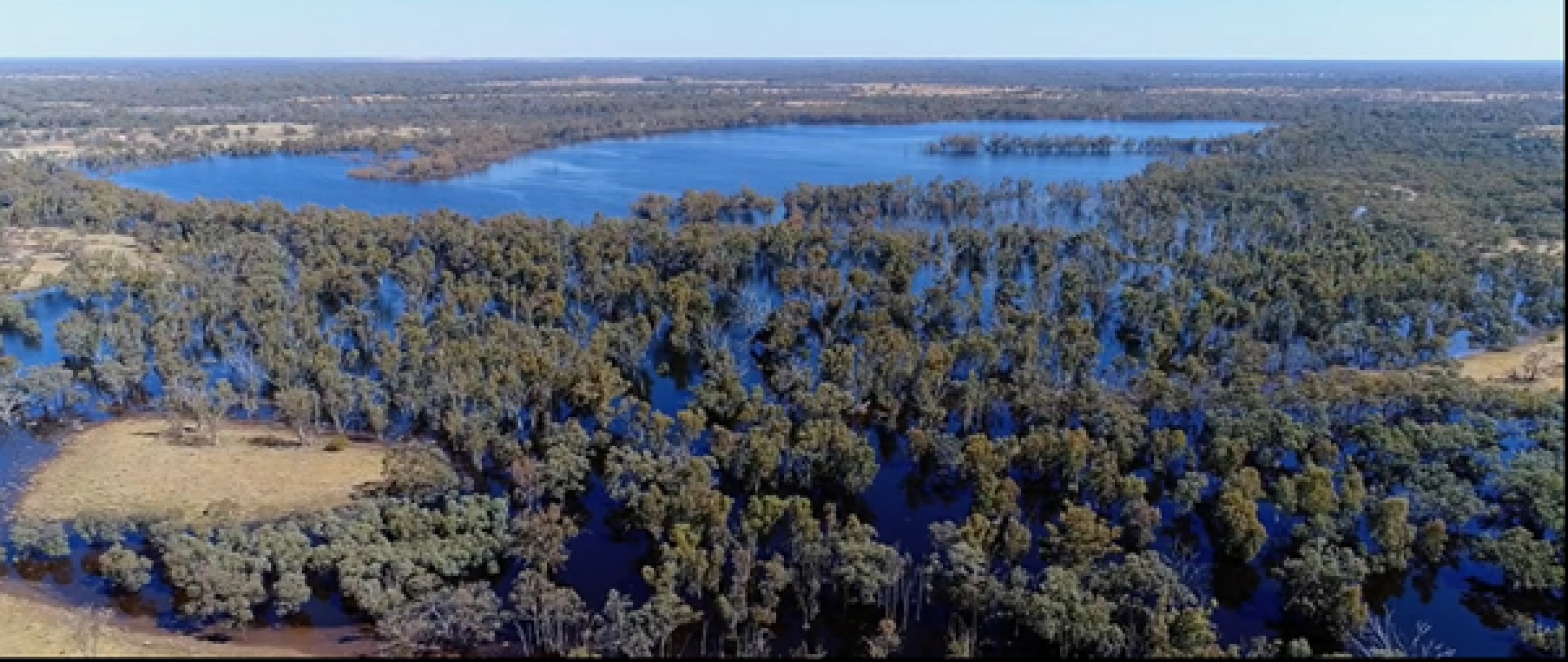On this page:
Victoria continues to progress the Victorian Murray Floodplain Restoration Project (VMFRP) as agreed under the original Murray-Darling Basin Plan.
The VMFRP will secure the long-term watering needs of iconic landscapes even in a drying climate.
Victoria plans to boost the ecological health of 9 high-value floodplain sites along the Murray River as part of its commitments under the Murray-Darling Basin Plan.
The new infrastructure will support environmental watering efforts. The Victorian Murray Floodplain Restoration Project (VMFRP) will deliver environmental outcomes using less water than would be required to create a natural flood.
For the latest updates, see the project website: Victorian Murray Floodplain Restoration Project (VMFRP).
Getting water where it needs to go
The VMFRP’s environmental works will deliver water to high ecological value wetlands and floodplains.
Environmental works include channels, flow regulators and pumps. This infrastructure will enable efficient use of water for the environment.
For example, pumps move water directly into a wetland. Then, regulators keep water on the floodplains for water-dependent native plants and animals. When we say, water dependent, we mean a native plant or animal that cannot survive short periods without water.
The environmental works footprint will be less than 2% compared to the environmental watering footprint.
Improving the floodplains' ecological health
These works have demonstrated their benefits time and time again over decades. Infrastructure like this has worked at Gunbower and Hattah Lakes, where we’re seeing a significant improvement to the floodplains' ecological health.
For example, pumps and regulators introduced a more natural regime at Hattah Lakes. This enabled water to be delivered even when flows in the Murray were low. We're now seeing improvements in the condition of floodplain and wetland vegetation.

Tree health
Downstream at Gunbower Forest, new trees are starting to grow. It's a clear sign that watering has improved the condition of wetland vegetation.
Tree health in this area has improved when compared with other areas that rely on natural floods and rainfall to survive. Waterbird habitat quality outside the environmental watering area has declined.
Read the Victoria’s Basin Plan report card for more results from water for the environment.
Murray River floodplains
The floodplains next to the Murray River have evolved to receive water periodically. Historically, the river would spill onto the floodplains as often as 8 out of every 10 years, creating rich, lush landscapes teeming with life.
While this has benefited regional communities and economies, water no longer flows as it once did.
If we returned these natural flows to the area, their delivery would inundate private land and towns. It would also take vast amounts of water away from industry, agriculture and town supplies.
Why the VMFRP is needed
The VMFRP will build infrastructure like flow regulators, channels and containment banks. It will water the floodplain and hold water there for longer. As a result, birds can enjoy old breeding sites and native vegetation can regenerate.
The project will sometimes remove blockages that stop floodwaters flowing into creeks. This water will bring new life and a chance for survival in drier conditions.
These projects will make sure future generations can enjoy these nine ecologically significant floodplains.
The VMFRP is being implemented as part of Victoria’s obligations under the Murray-Darling Basin Plan in partnership with:
- Lower Murray Water
- Goulburn Murray Water
- Mallee Catchment Management Authority
- North Central Catchment Management Authority
- Parks Victoria and the Department of Energy, Environment and Climate Action.
The VMFRP is funded by the Australian Government’s Department of Climate Change, Energy, the Environment and Water.
The works planned under VMFRP need regulatory planning approvals under the Victorian Environment Effects Act 1978 and the Commonwealth Environment Protection and Biodiversity Conservation Act 1999.
The following assessment processes are being undertaken before construction works start:
Page last updated: 08/09/23
